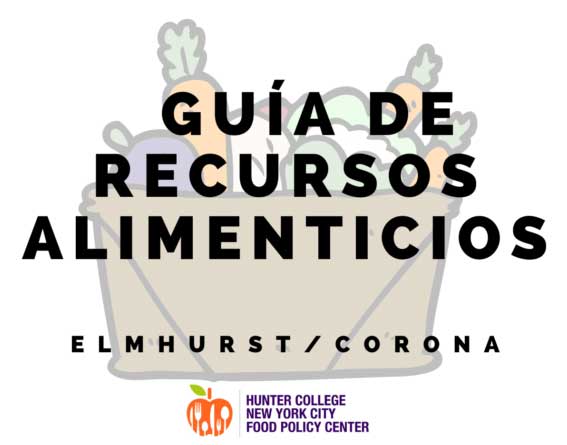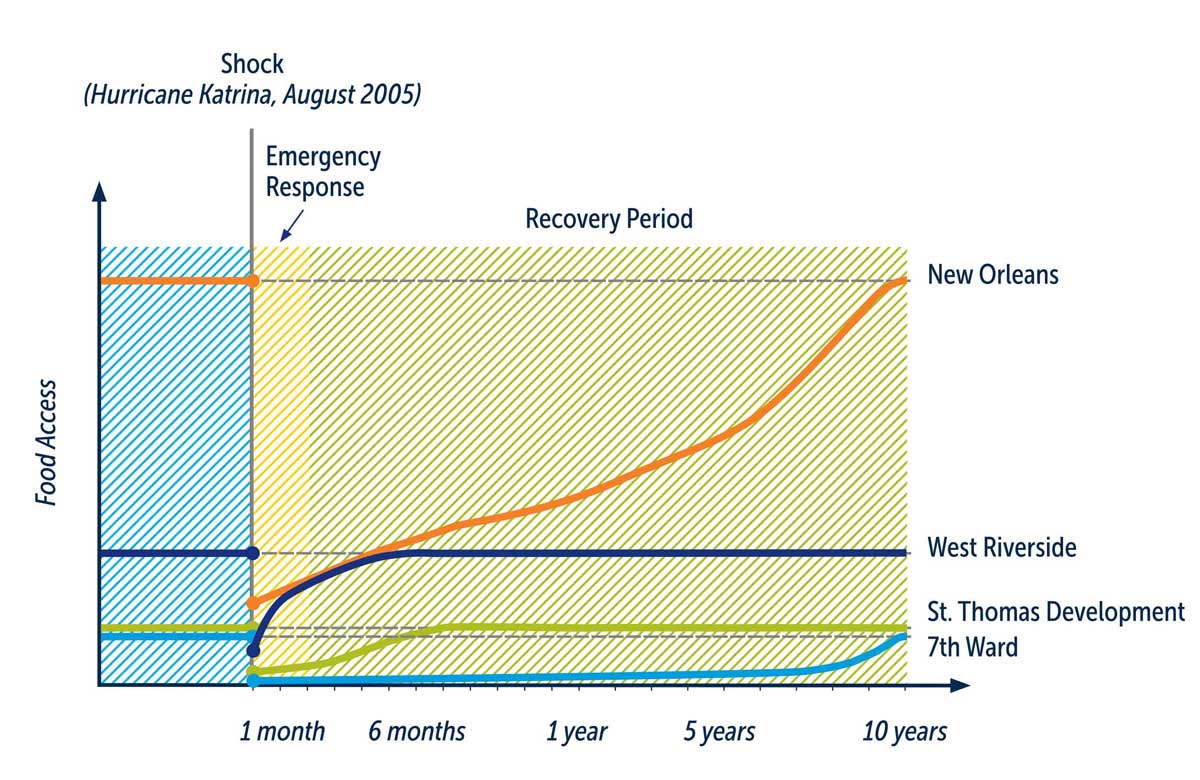We share brief case studies below that describe tactics and tools to try in your community. We hope you’ll find this curated list beneficial in supporting your city’s response to disasters. Please reach out to us if you have tactics and tools of your own to share!

Urban Agriculture Specialist
Dr. Andrew Adam-Bradford B.Sc. M.Sc. Ph.D. F.R.G.S. is a Consultant Geographer specializing in food security and the role of urban agriculture in crisis settings. He is an associate member of the RUAF Foundation and currently holds the position of Senior Lecturer in Urban Studies, Development, and Emergency Practice, Oxford Brookes University, U.K.
Problem: Cities experiencing active conflict have disrupted food supply chains and diminished food resources.
Innovation: Growing food under siege. Adam-Bradford is developing and testing practices to help cities quickly move towards greater local food production when they are in an active conflict zone. He suggests several practical solutions to growing food under siege conditions, which include 1) the provision of seed packages for quick-growing and nutrient-dense plants; 2) education about available growing materials (e.g., soil, compost, rubble); and 3) promotion of greywater irrigation strategies, which can include human urine/water blends in case of emergency irrigation needs. These strategies promote both soil and water conservation, which is critical in densely populated urban areas or refugee camps. Adam-Bradford is currently developing a guidebook for Ukraine citizens to use as the conflict continues. This guide puts forth practical solutions and simple, easy-to-follow instructions for food insecure Ukrainians in need of guidance on urban agriculture in challenging conditions. He has also written about the application of ‘low space’ or ‘no space’ agriculture for refugee camps as an important tool for food security. ‘Low-space agriculture’ is a concept created for urban agriculture contexts where space is limited (e.g., home gardens). The same approach can help people in areas under siege.
Impact: Adam-Bradford’s proposed solutions to growing food under siege are based on successful urban agriculture interventions in camps, cities, and settlements for internally displaced persons (IDPs) and refugees. He cites the example of Syria, where IDPs used container gardens, home gardens, and rooftop gardens to survive recent brutal sieges.
Problem: Food insecure individuals cannot easily find food resources in their neighborhoods.
Innovation: The Hunter College New York City Food Policy Center partnered with local tech-based organizations, including the Share Meals app and the Plentiful app, Hunger Free America, and Beta NYC, to create comprehensive resource guides that are continually updated. The Center has also trained over 400 volunteers to manually update the guides by regularly calling retail food outlets and food assistance organizations.
Impact: There are 59 resource guides—one for each neighborhood in the city. This model is now being replicated in Alabama by the Hunger Solutions Institute at Auburn University.

Kimberly Zeuli, Austin Nijhuis, Ronald MacFarlane, and Taryn Ridsdale
A featured article in a special issue of the International Journal of Environmental Research and Public Health: Climate Change and Health Vulnerability and Adaptation Assessments.
As part of its Climate Change and Health Strategy, in 2017, Toronto Public Health engaged stakeholders from across the food system to complete a high-level vulnerability assessment of the potential impact of flooding, heat and ice storms on the food system in Toronto. This article shares the findings from that analysis, which highlight that a concerted effort across the food system, including electrical and fuel providers, is needed to address key vulnerabilities that could impact food access, especially for vulnerable populations. It also shares potential actions to mitigate these risks.

Stay informed about the latest in Food System Disaster Planning.
Stay informed about the latest in Sustained Emergency Food Planning.